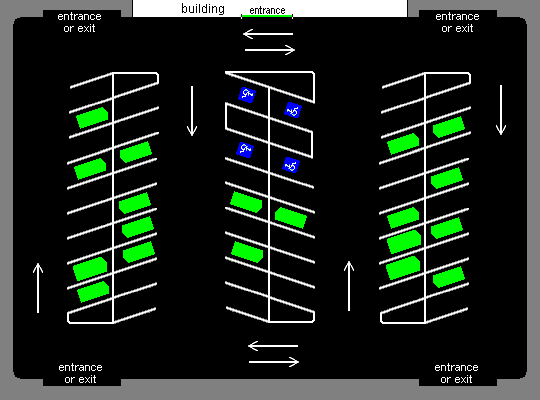
You begin to turn the wheel as you inch closer, only to find a pint-sized Mini (it’s always a Mini, isn’t it?) hiding in the shadows of a behemoth SUV. You let out a stressful sigh, and the chase continues.
We’ve all been there. Simply finding a patch of concrete to put your vehicle shouldn’t be that stressful, but it often is. There are solutions out there, such as wireless ‘open spot’ sensors and interval counters, but they’re often inaccurate and unreliable.
A Houston, Texas-based startup called ParkiT is looking to change that by eliminating sensors altogether in favor of modern computer vision technology. Using a unique platform, ParkiT’s tech allows parking operators to monitor their lots in real-time, using a clean, web-based interface to keep vacancy information current. The software then sends information to an online app, and can even integrate with existing camera systems.

Founded in March 2013 by Rice University undergrad engineering students, ParkiT’s system will also allow operators to see how their lots are used historically, which could potentially streamline future designs.
“Our proprietary technology takes advantage of modern computer vision and machine learning techniques in order to deliver accurate parking operation data with over 96% accuracy and at one-hundredth the cost of competing solutions,” reads the group’s website.
ParkiT was accepted into the OwlSpark accelerator program for startups in 2013, where the group was mentored by entrepreneurs, professionals, and other experts on how to develop new ideas. ParkiT is currently working with Rice University and other businesses around Houston on the next step.
Editors' Recommendations
- T-Mobile’s 5G leads the pack in Ookla’s latest speed report
- Xiaomi’s Poco M4 Pro lands in India as the Redmi Note 11T at cheaper new price
- T-Mobile beats out Verizon for title of fastest mobile network in U.S.
- A.I. could help spot telltale signs of coronavirus in lung X-rays
- The mirrorless Fujifilm X-T4 camera brings a stabilized sensor for the first time


